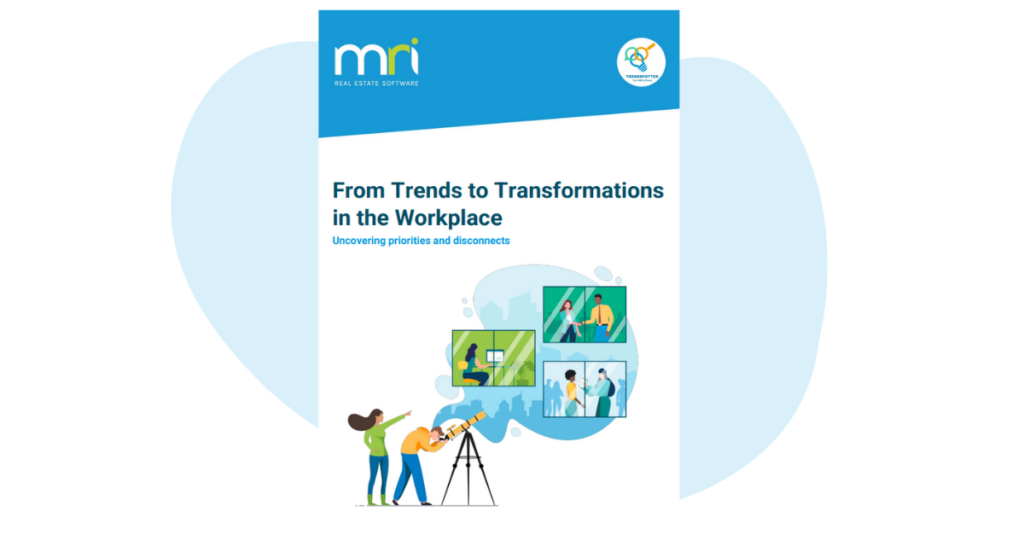Core elements of sports facility management
Sports facility management ensures that venues like stadiums and gymnasiums run smoothly, safely, and efficiently. It involves juggling operations, maintenance, event planning, and customer satisfaction, all while maximising the facility’s value. For property landlords and managers, mastering this balance is essential for delivering great experiences for athletes, fans, and stakeholders alike.
With the right strategies and tools, like facility management software, you can simplify these challenges. By automating processes, improving communication, and focusing on sustainability, you’ll not only save time but also enhance your facility’s reputation. Let’s dive into the core elements of successful sports facilities management.
Facilities Management software
Leading solutions for property occupiers, owners and service providers & contractors.

What is sports facility management?
At its core, sports facility management is about keeping venues in top shape for athletes and spectators. It includes handling daily operations, ensuring safety compliance, and maintaining everything from seating to lighting systems. In short, it’s what makes events enjoyable, safe, and successful for everyone involved.
Key responsibilities of sports facility managers include:
- Overseeing daily operations and event schedules.
- Maintaining equipment, facilities, and infrastructure.
- Ensuring compliance with safety and legal standards.
- Managing staff and delegating responsibilities.
- Enhancing customer satisfaction for athletes and spectators.
Think of it as the behind-the-scenes magic of sports venues, without it, events wouldn’t run smoothly. Managers oversee everything from maintenance schedules to staffing and event coordination. By understanding what is facilities management and by incorporating tools like sport facility management software, they can streamline processes and focus on creating exceptional experiences.
Types of sports facilities
Different sports facilities serve distinct purposes, and each type has unique management needs. From large stadiums hosting thousands to gymnasiums supporting local communities, the variety highlights the importance of tailored maintenance management strategies. Understanding what is sports facility management and what facilities are included, is a key part of this process.
Training centers and gymnasiums
Training centers are specialised spaces designed for athlete development, often featuring sport-specific equipment and rehabilitation tools. Gymnasiums, by contrast, are multipurpose venues used for activities like basketball games, physical education, and community events. Both require regular equipment maintenance, flexible scheduling, and excellent hygiene standards.
For example:
- A basketball gym might host morning fitness classes and evening leagues, requiring quick turnarounds and attentive cleaning.
- Training centers often need advanced monitoring of equipment usage and repair needs to ensure safety and performance.
Stadiums and university facilities
Stadiums are complex, high-capacity venues built to accommodate tens of thousands of spectators and elaborate events. University facilities, while smaller in scale, often combine elements of training centers, gymnasiums, and even stadiums. Managing these venues means balancing the needs of student-athletes, fans, and academic programs.
Key challenges include:
- Frequent maintenance of seating, field turf, and audiovisual systems before major events.
- Addressing rapid wear and tear from continuous use, requiring proactive inspections and repairs.
Best practices for sports facility management
Facility management involves more than just maintenance. It’s about efficiency, innovation, and prioritising user satisfaction. Adopting proven best practices can significantly improve the quality and sustainability of your operations.
Training staff and improving processes
Your staff is the backbone of your facility, so investing in their training is critical. Provide workshops on using new tools, and establish clear workflows for daily tasks. Encourage staff collaboration to build a team that feels confident tackling challenges together. When processes are clear, efficiency soars and staff morale improves.
For example:
- Offer regular workshops on equipment handling and maintenance protocols.
- Use digital tools to simplify communication and task delegation.
- Create a knowledge base with guides for recurring tasks and emergencies.
Collecting and acting on user feedback
Feedback is your best friend when it comes to improving facility operations. Use tools like surveys or online reviews to gather input from visitors, athletes, and staff. Acting on this feedback not only addresses issues but also shows users you value their opinions.
For example:
- Fans might suggest improving restroom cleanliness.
- Athletes could highlight areas needing better maintenance.
- Staff feedback could uncover workflow inefficiencies.
Implementing sustainability initiatives
Sustainability isn’t just good for the environment, it’s great for your facility’s bottom line and can also help monitor energy consumption and track progress on sustainability goals. By making eco-friendly choices, you’ll appeal to environmentally conscious visitors while lowering operational costs.
Specific practices to consider include:
- Installing energy-efficient lighting and HVAC systems.
- Implementing recycling programs for event waste.
- Using water-saving irrigation systems for outdoor fields.
Establishing clear safety and compliance protocols
Safety should always be your top priority. Regular inspections and audits ensure your sports facility complies with local regulations and industry standards. Develop clear safety protocols and train staff to follow them regularly. With proper preparation, you can handle issues swiftly and with confidence.
Focus areas include:
- Verifying fire exits and emergency response plans.
- Inspecting equipment for wear and tear.
- Ensuring event spaces meet safety guidelines.
Benefits of sports facility management software
Sports facility management software is a game-changing tool for simplifying operations and improving efficiency. It offers advanced features that address common pain points, helping managers focus on delivering excellent experiences. Let’s explore some of the key benefits of sports facility management software.
Improving operational efficiency
By automating tasks like work order tracking and preventive maintenance, sports facilities management software reduces the risk of errors and delays. This proactive approach saves time and money while keeping your facility in peak condition. Key features include:
- Automated preventive maintenance scheduling.
- Real-time work order tracking to reduce downtime.
- Mobile updates for on-the-go problem resolution.
Streamlining bookings and maintenance schedules
Double-bookings and missed maintenance deadlines can wreak havoc on operations. Software centralises booking processes and integrates them with maintenance schedules, reducing conflicts. For example, a gymnasium manager can ensure routine cleaning doesn’t overlap with basketball practice.
This streamlined approach keeps operations running smoothly, even during peak periods. Facilities with well-organised schedules enjoy higher user satisfaction and better resource management.
Enhancing data insights for better decision-making
Data is one of your most valuable resources for improving sports facility management. Facilities that rely on data-driven strategies are often more efficient and profitable in the long run. Examples of metrics tracked by facility management software include:
- Energy consumption trends.
- Maintenance costs by asset or department.
- Feedback data to measure user satisfaction.
FAQs
How MRI Software supports sports facility management
MRI Software empowers sports facility managers with tools to simplify and improve their operations. With features like preventive maintenance scheduling, inventory management, and real-time analytics, our facilities management software ensures your facility operates at its best. These tools not only reduce operational costs but also create a safer, more enjoyable environment for athletes and spectators alike. Contact us today to learn more.
From Trends to Transformations in the Workplace – Uncovering Priorities and Disconnects
In partnership with CoreNet Global, MRI Software conducted a survey of real estate professionals around the world to examine emerging trends in office transformations. These insights provide a global perspective, with input from the APAC, EMEA, North…
